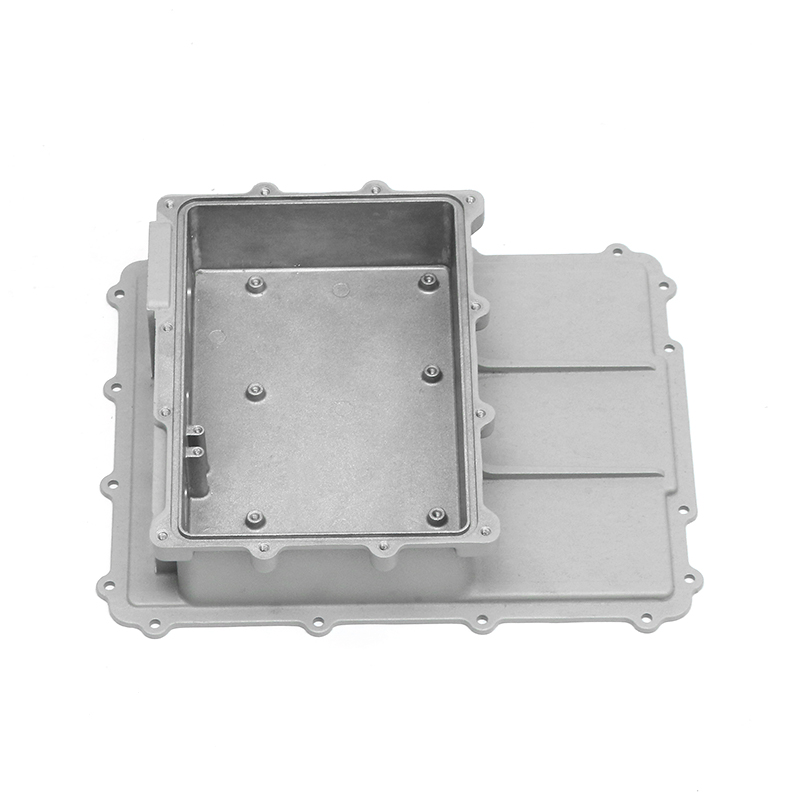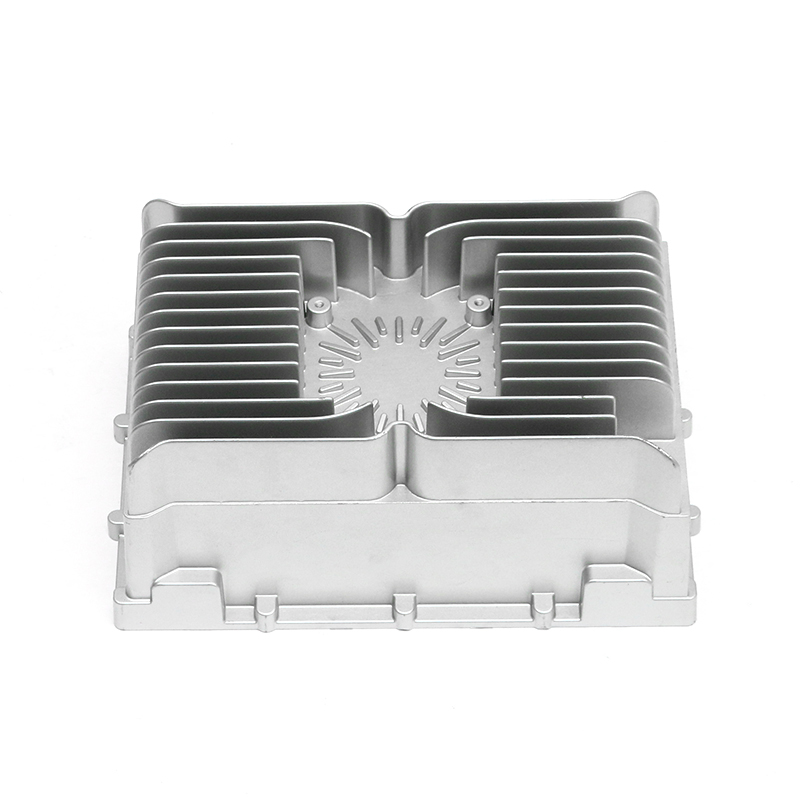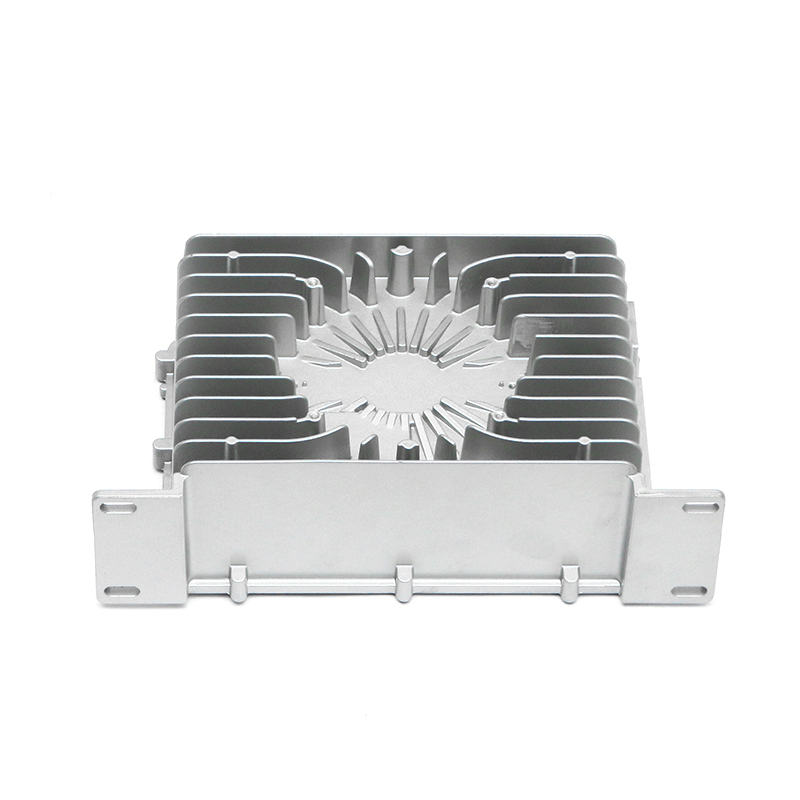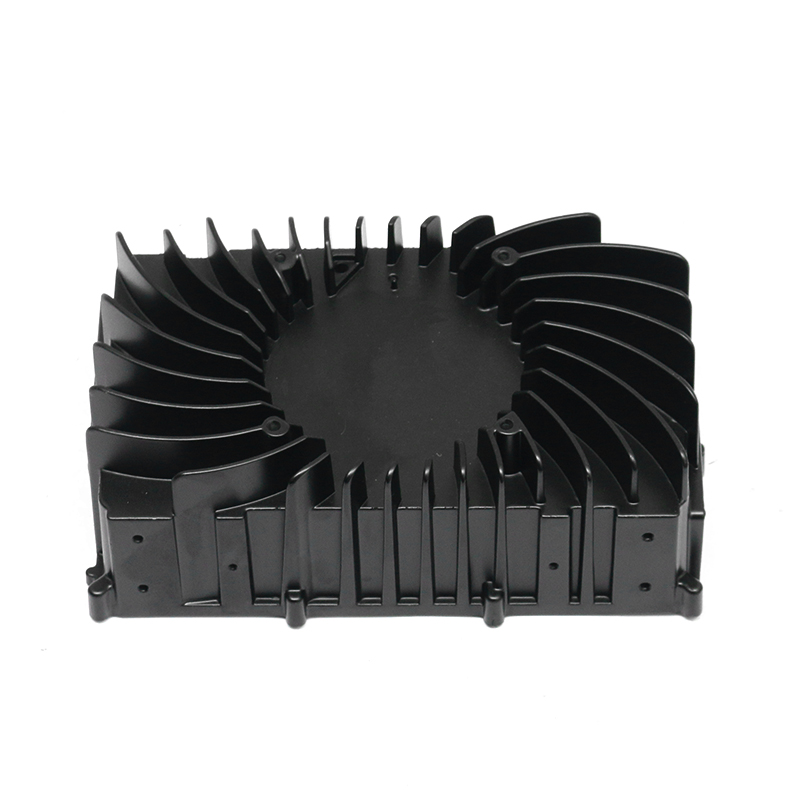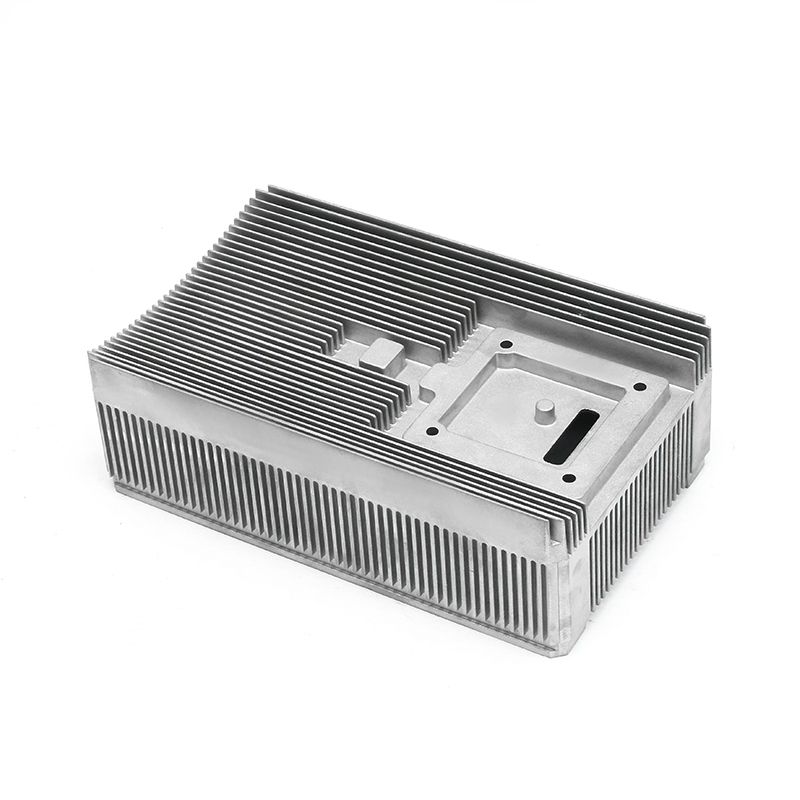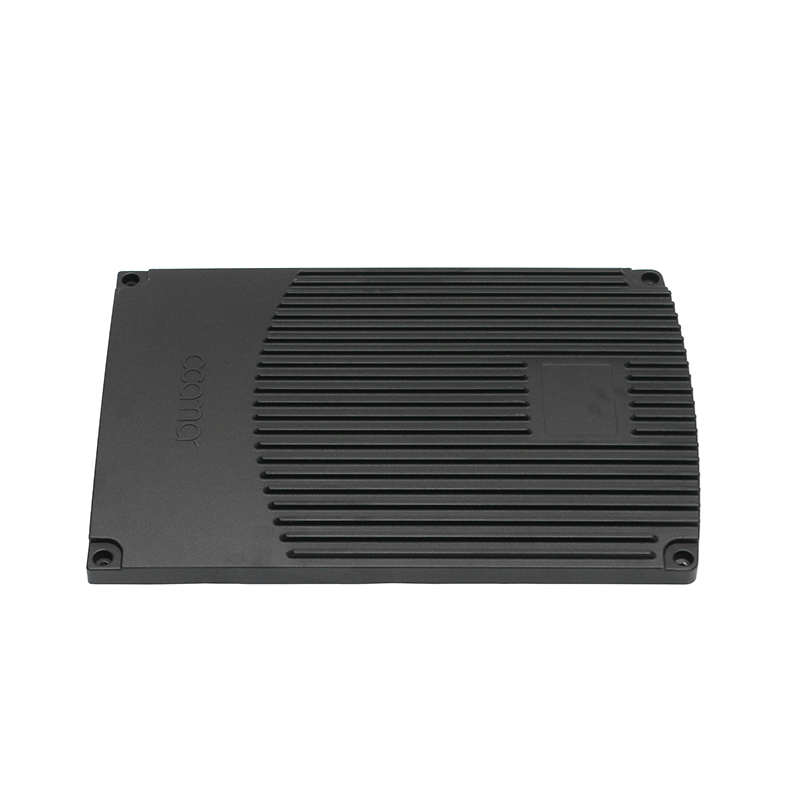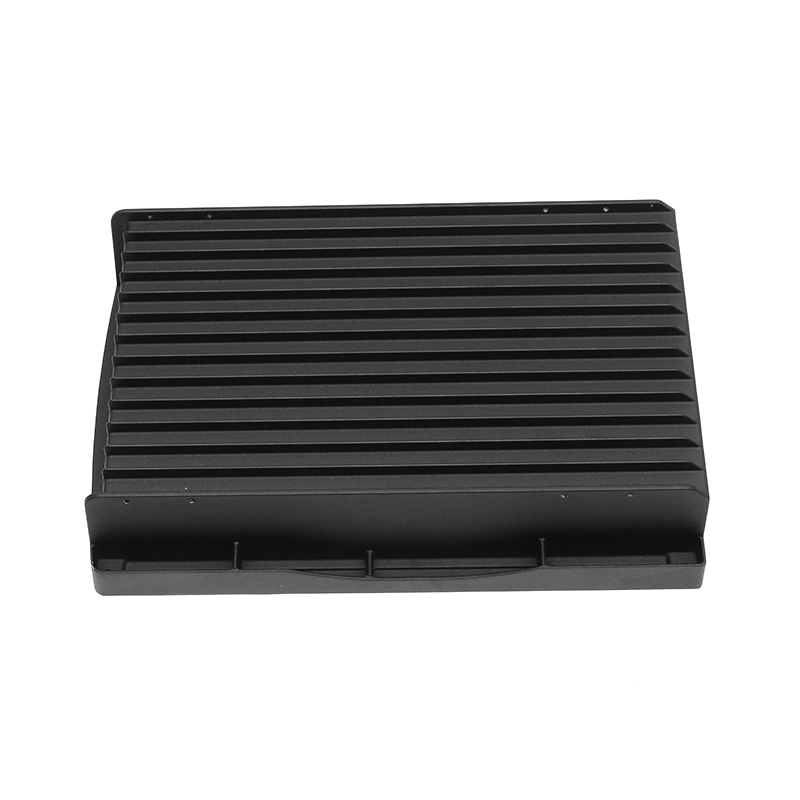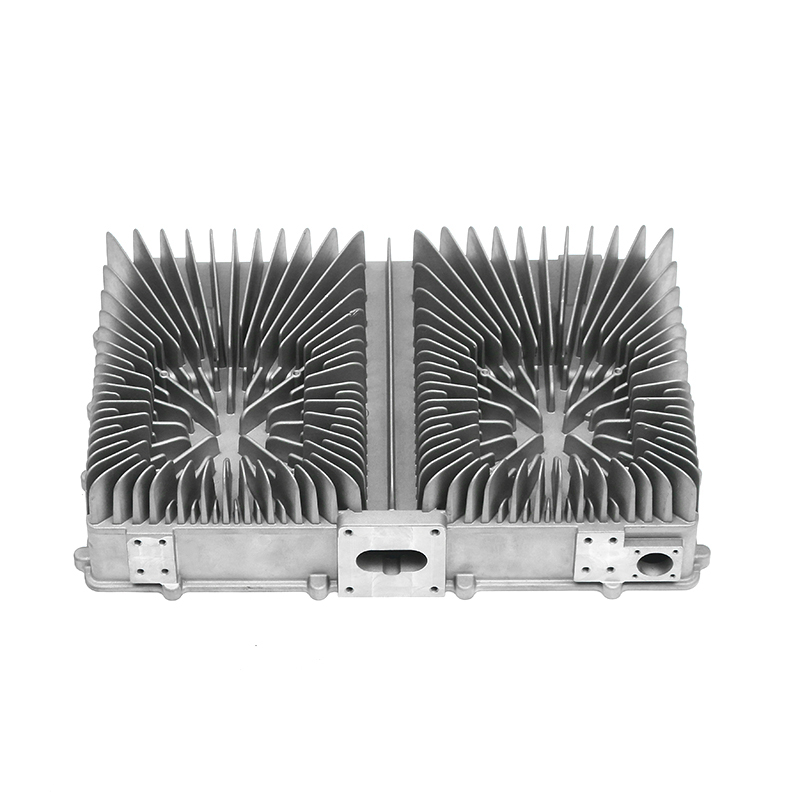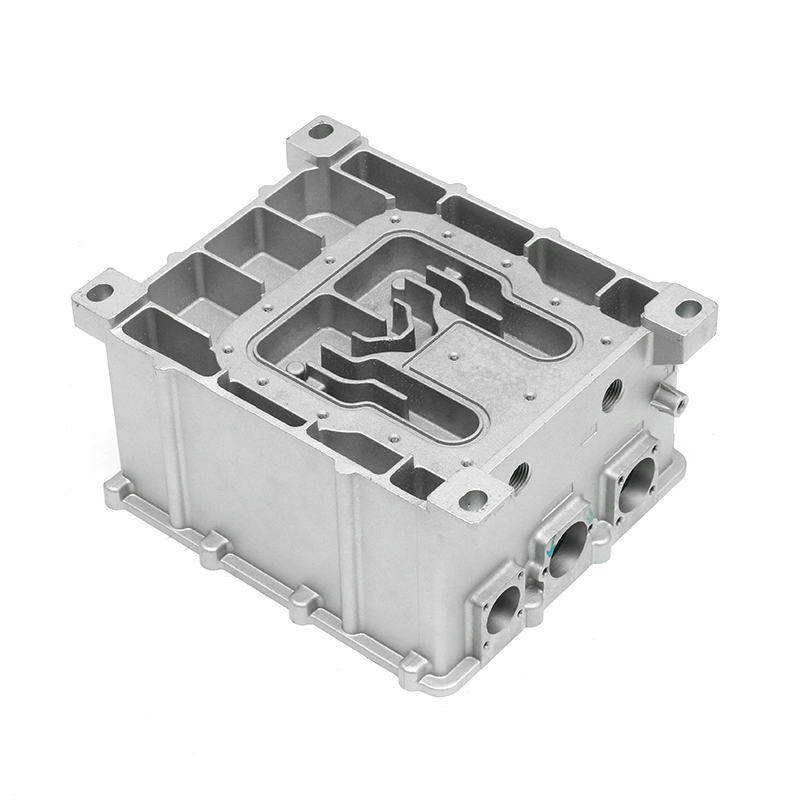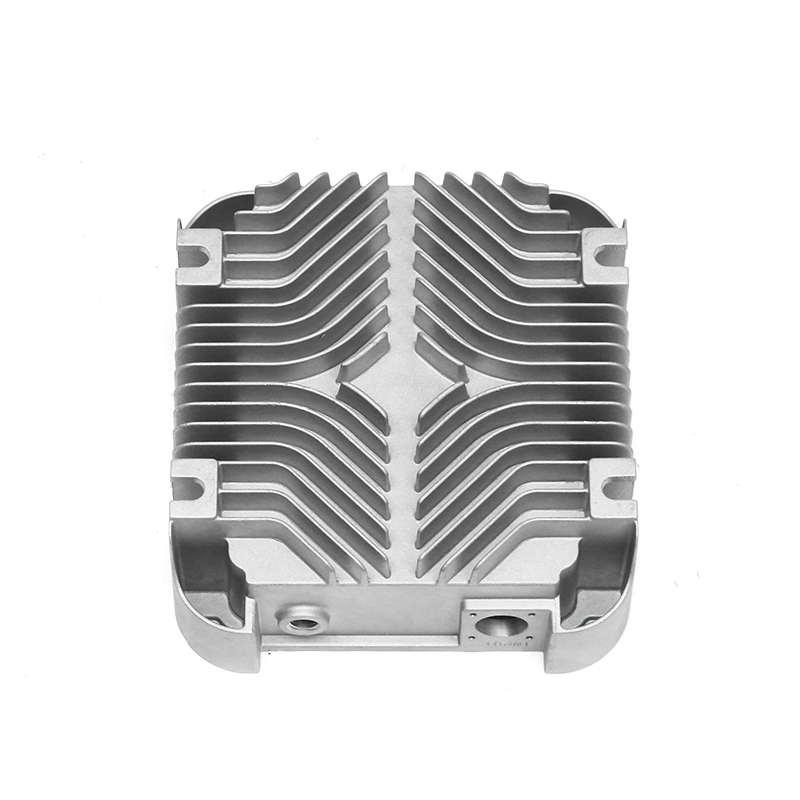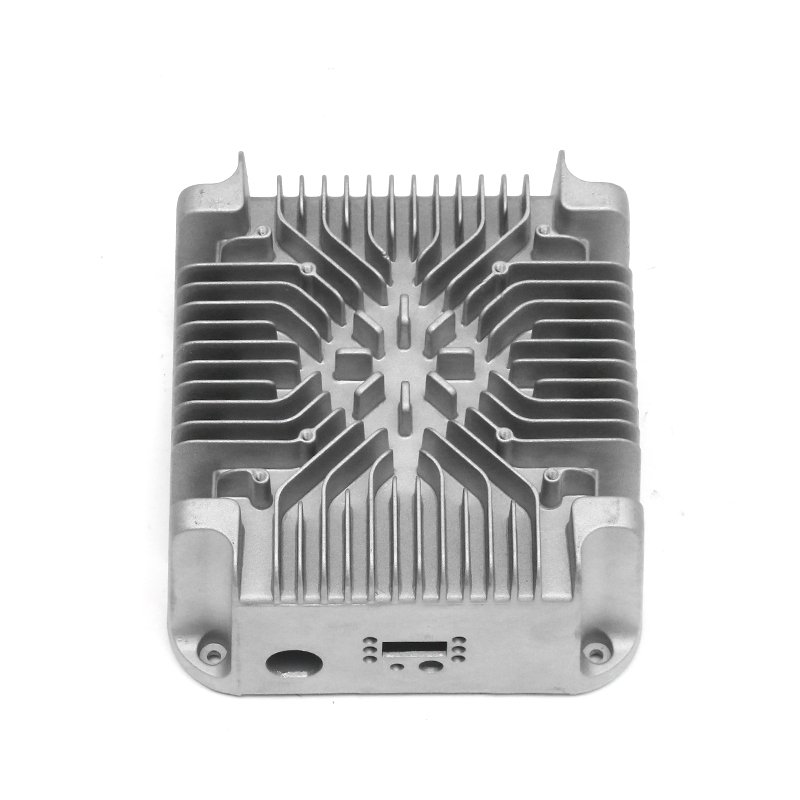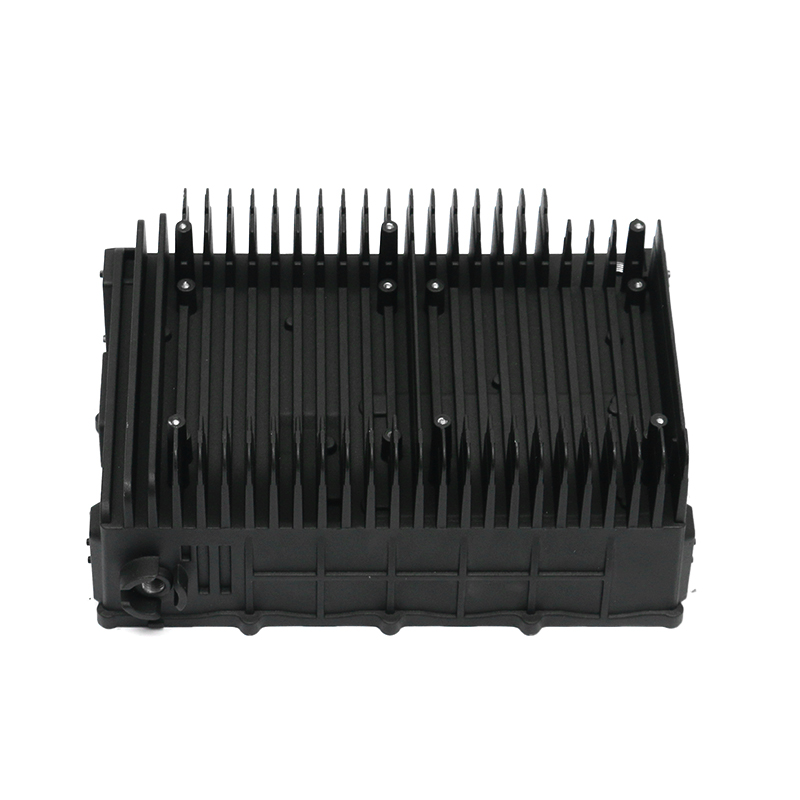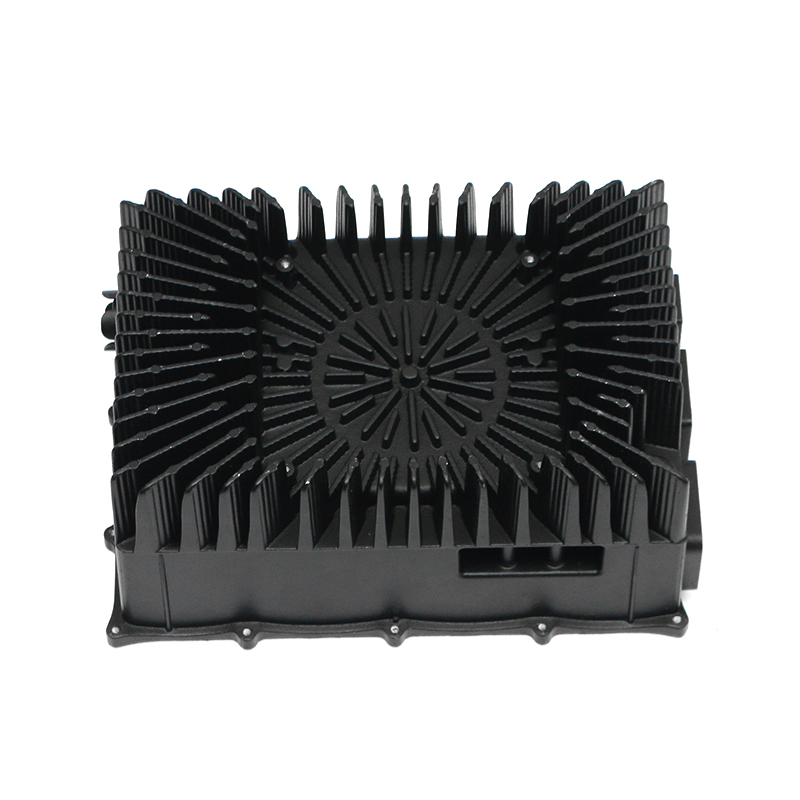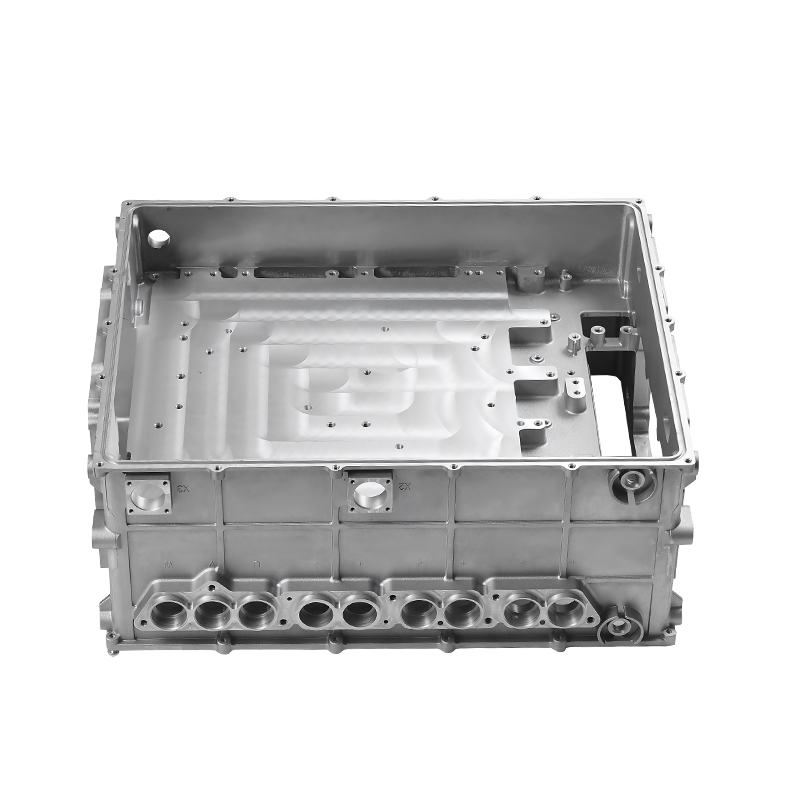The Importance of Weight Control in Die-Casing New Energy Motor Housings
In the design and manufacturing of new energy motors, the motor housing is a key structural component, and its weight directly impacts the performance and energy efficiency of the entire vehicle. A lighter housing helps reduce vehicle weight, thereby improving range and power response, while also reducing energy consumption and emissions. Weight control not only affects material usage but also manufacturing costs and logistics. Therefore, properly controlling the weight of the motor housing is crucial for achieving efficient operation and economic benefits for new energy motors.
The Impact of Material Selection on Weight and Performance
Material is the primary factor affecting the weight and performance of motor housings. Commonly used die-casting materials include aluminum alloys and magnesium alloys. Aluminum alloys have a low density and excellent mechanical properties and corrosion resistance, making them a common choice for new energy motor housings. Magnesium alloys are lighter in density, but are relatively difficult and expensive to process. Choosing the right material can effectively reduce housing weight while maintaining structural strength and durability. Furthermore, the development of new composite materials and high-strength alloys offers further possibilities for future lightweighting.
Structural Design Optimization Achieves Lightweighting
Structural design is a crucial step in weight control. Balanced lightweighting and performance can be achieved through appropriate design optimization. Simulation techniques such as finite element analysis can accurately simulate stress conditions, identify stress concentrations or redundant areas within the structure, and optimize wall thickness distribution and rib layout. By reducing wall thickness in non-critical areas and adding local reinforcement, the required overall structural strength and stiffness are achieved, minimizing material waste. Furthermore, the design must consider functions such as heat dissipation, mounting, and sealing to ensure a balanced performance across multiple aspects.
Advanced Manufacturing Processes Enhance Product Performance
Manufacturing processes significantly impact the quality and performance of die-cast parts for new energy motor housings. High-precision die-casting technology ensures dimensional accuracy and surface quality, ensuring assembly fit and overall performance. Multi-cavity molds and efficient cooling systems effectively control the product's internal structure and thermal stresses, preventing deformation and defects. Furthermore, secondary processes such as machining and surface treatments can enhance performance. For example, anodizing enhances corrosion resistance and insulation, further balancing performance and weight.
Balancing Weight Control and Heat Dissipation
The motor housing not only provides mechanical protection but also dissipates heat. While a thinner housing reduces weight, it may also reduce heat dissipation efficiency, impacting motor stability and lifespan. The design process requires comprehensive consideration of the heat dissipation path, material thermal conductivity, and structural layout. By optimizing the heat sink fin design and selecting materials with good thermal conductivity, weight can be reduced while maintaining heat dissipation performance. If necessary, air or liquid cooling systems can be incorporated to enhance heat dissipation and ensure optimal motor temperature control under various operating conditions.
Comprehensive Consideration of Cost and Performance
Lightweight design and high-performance materials often come with higher production costs. The design of die-cast housings for new energy motors must strike an appropriate balance between cost and performance. Optimizing material utilization, improving production processes, and increasing automation can reduce manufacturing costs. Reasonable cost control not only ensures product competitiveness but also promotes the widespread application of lightweighting technology. For businesses, balancing cost and performance is a key strategy for achieving sustainable development.
Quality Control Ensures Stable Performance
Strict quality control is essential in the process of weight control and performance optimization. By establishing a comprehensive inspection system, including dimensional inspection, non-destructive testing, and mechanical property testing, we ensure that each batch of die-cast parts meets design requirements. Especially in lightweight designs, product structural safety is even more crucial, and performance degradation caused by excessive thinning or design flaws must be prevented. Strict quality control ensures the stability and reliability of new energy motor housings, meeting long-term operational requirements.
Technological Innovation Promotes Lightweighting
With advances in materials science and manufacturing technology, the balance between lightweighting and performance in new energy motor housings has opened up more opportunities for innovation. For example, the application of 3D printing and additive manufacturing technologies in the manufacture of complex structures has enabled greater design flexibility and more efficient material utilization. Advances in intelligent simulation technology enable more accurate prediction of performance and failure risks during the design phase. In the future, through the integration of multiple disciplines, lightweighting of new energy motor housings will reach new levels of development, driving the continued advancement of the new energy vehicle industry.
| Key Factor | Role and Impact | Implementation Method |
|---|---|---|
| Material Selection | Affects weight and mechanical properties, determines overall structural strength and corrosion resistance | Use lightweight high-strength materials such as aluminum alloys and magnesium alloys |
| Structural Design | Optimizes wall thickness distribution and rib layout to reduce material waste | Use finite element simulation to adjust structural form and load paths |
| Manufacturing Process | Ensures dimensional accuracy and surface quality, prevents defects | High-precision die casting, multi-cavity molds, machining, and surface treatments |
| Heat Dissipation | Affects motor operating temperature, related to performance and lifespan | Optimize heat sink design, improve material thermal conductivity, integrate auxiliary cooling systems |
| Cost Control | Ensures product economic feasibility and market competitiveness | Improve material utilization, optimize processes, and increase automation |
| Quality Control | Ensures products meet design standards, prevents performance degradation | Dimensional inspection, non-destructive testing, mechanical performance testing |
| Technological Innovation | Enhances design and manufacturing levels, achieving more efficient lightweighting and performance balance | Development of new materials, intelligent simulation, additive manufacturing technology |

